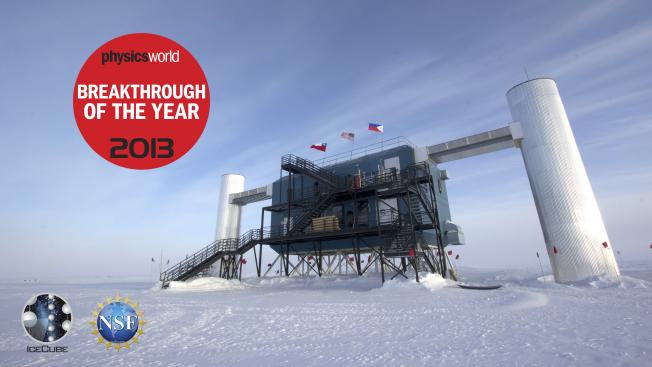Big Bang Nucleosynthesis (in "The Review of Particle Properties" 2004)
(2004)
Have Atmospheric Cerenkov Telescopes Observed Dark Matter?
ArXiv astro-ph/0404205 (2004)
Abstract:
Two ground-based experiments have recently independently detected TeV $\gamma$-rays from the direction of the Galactic center. The observations made by the VERITAS and CANGAROO collaborations are unexpected, although not impossible to interpret in terms of astrophysical sources. Here we examine in detail whether the observed $\gamma$-rays may arise from the more exotic alternative of annihilations of dark matter particles clustered in the center of the Galaxy.Reply to ``Cuts and penalties: comment on `The clustering of ultra-high energy cosmic rays and their sources' ''
(2004)
Reply to “Comment on ‘Clustering of ultrahigh energy cosmic rays and their sources’ ”
Physical Review D - Particles, Fields, Gravitation and Cosmology 69:12 (2004)



